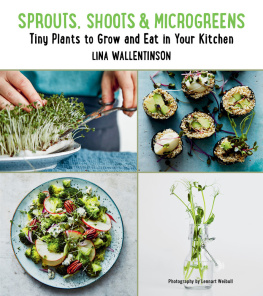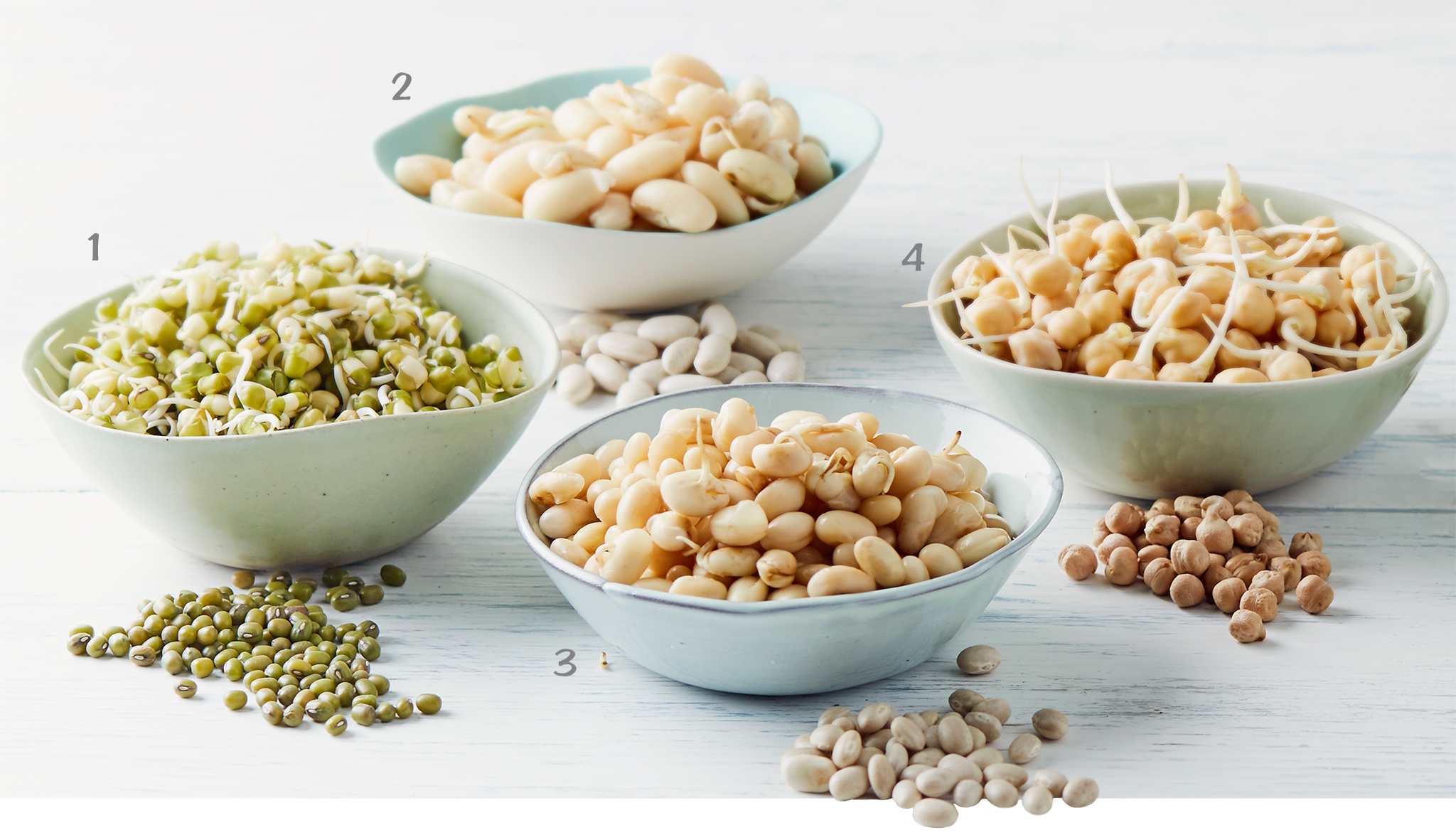Contents
Guide


For DK UK
Anglicizer and editor Lucy Bannell
Senior Editor Kate Meeker
Senior Art Editor Glenda Fisher
Project Art Editor Vicky Read
Producer, Pre-production Catherine Williams
Senior Producer Stephanie McConnell
Creative Technical Support Sonia Charbonnier
Managing Editor Stephanie Farrow
Managing Art Editor Christine Keilty
For DK US
Writer Caroline Bretherton
Editor Ann Barton
Senior Designer Sonia Moore
Project Art Editor Vicky Read
Photography Art Direction Nigel Wright
Photography Rob Streeter
Associate Publisher Billy Fields
Publisher Mike Sanders
DIGITAL OPERATIONS, DELHI
Head of Digital Operations Manjari Hooda
Sr. Editorial Manager Lakshmi Rao
Producer Anusua Satpathi
First published in Great Britain in 2017 by Dorling Kindersley Limited
80 Strand, London, WC2R 0RL
Copyright 2017 Dorling Kindersley Limited
A Penguin Random House Company
All rights reserved.
No part of this publication may be reproduced, stored in or introduced into a retrieval system, or transmitted, in any form, or by any means (electronic, mechanical, photocopying, recording, or otherwise), without the prior written permission of the copyright owner.
ISBN: 9780241302057
This digital edition published 2017
ISBN: 9780241315095
All images Dorling Kindersley Limited
For further information see:
www.dkimages.com
A WORLD OF IDEAS:
SEE ALL THERE IS TO KNOW
www.dk.com
Pick a recipe
Sprouted summer
rolls
Brown rice sushi
bowl
Sprouted bean
burgers
Vegetable
stir-fry
Root vegetable
stew
What are SPROUTs?
Sprouts are immature plants, the little shoots that begin to grow when a seed germinates. They're healthy, delicious, and easy to grow at home.
How a seed sprouts
The sprouts we eat come from seeds that have been soaked in water, which jump-starts the germination process. Within a dormant seed is everything a plant needs to grow. Once the seed has been soaked, compounds that protect against early germination are neutralized and chemical changes begin to occur. Enzymes are produced to allow the growing sprout to access the nutrients within the seed. As the developing sprout grows, it is nourished by complex carbohydrates and proteins, which are broken down into simple sugars and amino acids. With these nutrients available, the cells multiply quickly, producing a little sprout in just a few days.
Textures and flavours
From delicate tendrils to robust shoots, sprouts are as varied as the seeds from which they come. Many sprouts reflect the flavours of the fully grown plant, such as spicy radish sprouts or sweet, mild cabbage sprouts. You can harvest your sprouts just after they emerge, or let them grow longer for more texture.
Soaking vs. sprouting
Soaking is the first step in the sprouting process, but you can soak without sprouting, too. An overnight soak will impart some of the nutritional benefits of sprouting, making the seed, grain, bean, or nut more digestible and the nutrients within it more bioavailable.
Soaked nuts
Most nuts can be soaked, but will not sprout. If you choose to soak nuts, choose raw, unsalted varieties. Soaked nuts become plump and take on a creamy texture.
why are sprouts super?
Theres a lot to love about these little seedlings. In just a few days, you can transform a handful of seeds into an indoor garden, ready to add tasty texture and loads of nutrients to just about any dish.
Sprouts are an easy way to grow fresh food indoors at any time of year . A sprouting jar and the seeds, grains, or beans of your choice are all you need to get started with growing sprouts at home. With flavours ranging from sweet to spicy, theres something to please every palate and enhance any meal.
Within every seed, there are vital nutrients just waiting to be unlocked. The process of soaking and sprouting deactivates anti-nutrients in seeds, such as phytic acid. This compound protects against early germination, but also binds to essential minerals such as calcium, iron, and zinc, and prevents them from being absorbed by the digestive tract. When the sprout begins to grow, it activates phytase, an enzyme that breaks the bond between the phytic acid and those essential minerals, making them more bioavailable. Germination also triggers chemical changes that actually boost the levels of key nutrients such as amino acids, vitamin C, vitamin A, and some B vitamins. The difference in the vitamin content between sprouted seeds, grains, and beans and their non-sprouted counterparts can be impressive, from only trace amounts in the dry seeds, to nutritionally significant levels in the sprouts.
Seeds, grains, and beans become more digestible and better for you. The enzymes activated by sprouting aid digestion in a variety of ways. In addition to neutralizing phytic acid, which can be irritating to the gut, enzymes act as catalysts to break down the complex carbohydrates and plant proteins within the seed into more easily digested simple sugars and amino acids. This makes the protein more bioavailable and reduces some of the negative effects of eating beans and whole grains, such as bloating and wind. Sprouting also promotes the growth of vital digestive enzymes that help to maintain gut health. Taken together, the health benefits of sprouts make them a true superfood.
Sprouting increases vitamin C in chickpeas by 300 per cent
The best Beans to sprout
Cut down the cooking time and boost the nutrient content of your favourite bean, pea, and lentil dishes by sprouting your legumes first. Note that some sprouted beans are not suitable for eating raw.
1. Mung beans
A staple in Chinese cuisine, mung beans produce thick white shoots with a mild flavour. Rinse frequently and sprout in a dark environment for best results. Enjoy raw or cooked.
2. Cannellini beans
Cannellini beans have a mild flavour and hold their shape well when cooked, making them a good choice for adding to soups and stews. Note that sprouted cannellini beans should not be eaten raw.



















